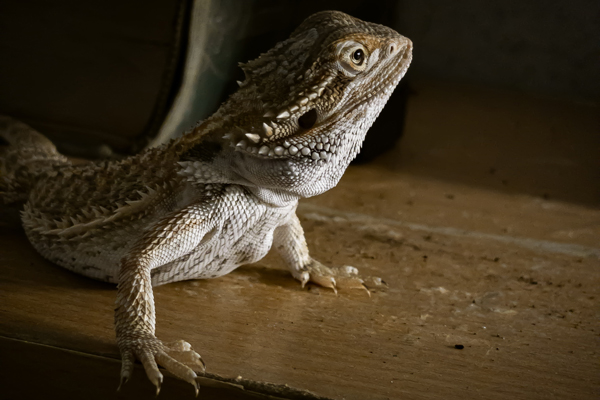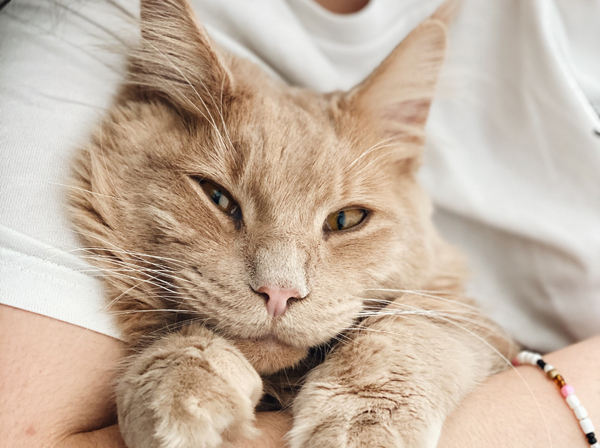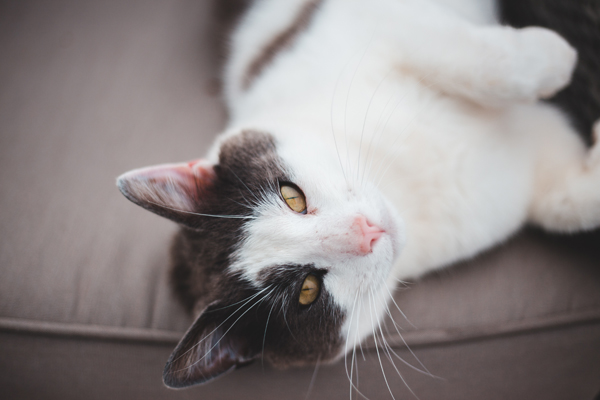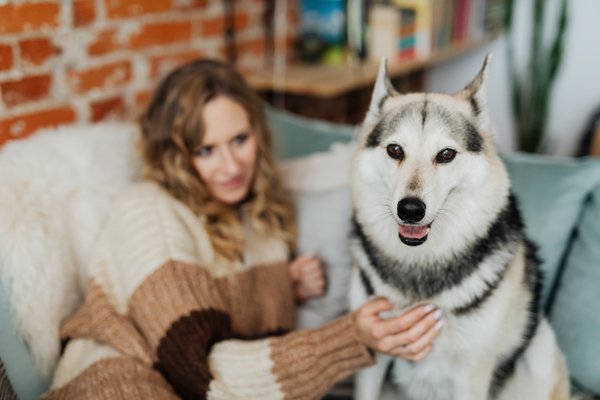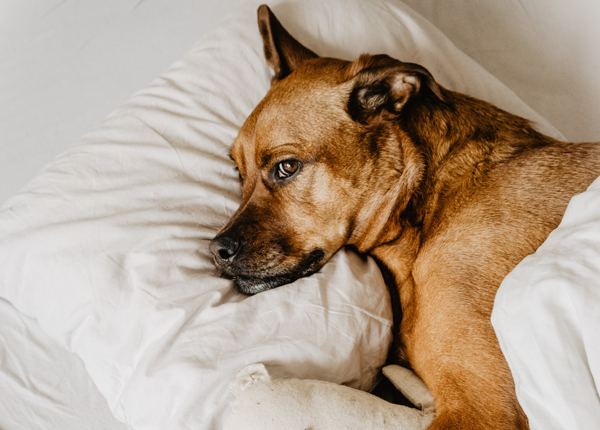 From the seaside to the mountain tops – these are just some of the places that will be drawing Australians to visit, stay and have pet-friendly fun this summer. Whether it’s cooling off at the beach, reserve or in the high mountainous altitudes, there’s always an abundance of choices when it comes to touring Australia. The best part? With pets being a member of the family in a majority of Australian households, our four-legged friends are also welcome to sightsee, frolic and enjoy our country’s natural wonders.
From the seaside to the mountain tops – these are just some of the places that will be drawing Australians to visit, stay and have pet-friendly fun this summer. Whether it’s cooling off at the beach, reserve or in the high mountainous altitudes, there’s always an abundance of choices when it comes to touring Australia. The best part? With pets being a member of the family in a majority of Australian households, our four-legged friends are also welcome to sightsee, frolic and enjoy our country’s natural wonders.
Beaches
With pristine sands as far as the eye can see, azure waters lapping at your feet and sunshine that warms the skin, it’s no wonder why many of us will be heading to the beachside this summer.
Renowned worldwide as a nation of pet lovers, it is also unsurprising that Australians of the four-legged variety also have ample opportunities to experience the sand and surf. Palm Beach Dog Beach on the Gold Coast is a popular hangout for pups and peeps alike, as is Noosa Spit on the Sunshine Coast and St Kilda Beach in Melbourne.
Bays, Coves and Lakes
There are a range of hidden gems to uncover that provide calmer waters and secluded spots to roam on your own or stroll along with your doggo. Dogs can run free off-leash, enjoying a splash in the water at Sirius Cove Reserve in Mosman NSW and Rose Bay Park and Reserve in NSW. There’s also dog-friendly swimming at the ACT’s Barrenjoey Peninsula, Lake Burley Griffin and Colmslie Recreation Reserve, Morningside and Nudgee Beach Reserve in QLD are also dog-friendly havens.
Mountains
Fresh air, the sounds of wildlife and nothing but nature to tantalise your senses, a trip to the mountains helps forget about the stresses of the everyday. The Blue Mountains in NSW offer an array of walks to do and scenic spots to take in the majesty of the natural surroundings. There are also dog-friendly walks to take your pooch. South Australia’s Flinders Ranges offer sensational walks and hikes, and if you’re staying in Adelaide and need to help your pooch expend some energy, the South East dog walking trail is sure to meet your needs.
House and pet sitting positions available in QLD, NSW, ACT, VIC, TAS, SA, NT, WA.
Find your ideal pet sitter across Australia.
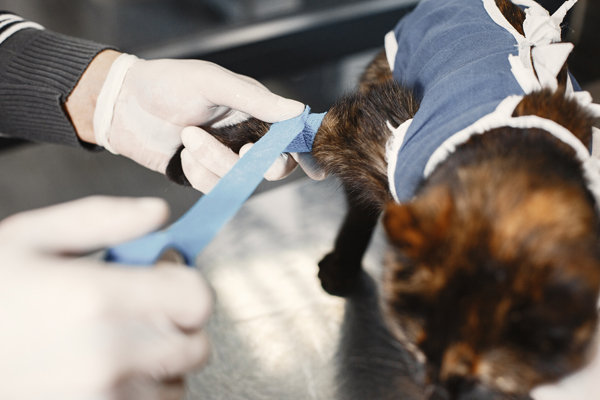
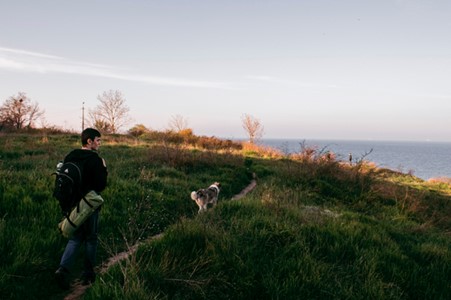

 in with owners even after the sit to see how their dog or cat is going,” Ale added.
in with owners even after the sit to see how their dog or cat is going,” Ale added. “There’s never a dull moment – which we love! We feel really lucky that wecan meet all these different animals, get to know them and their family and give them the love and attention they need, especially when they might feel a bit uneasy because their owner is away,” Inés added.
“There’s never a dull moment – which we love! We feel really lucky that wecan meet all these different animals, get to know them and their family and give them the love and attention they need, especially when they might feel a bit uneasy because their owner is away,” Inés added.